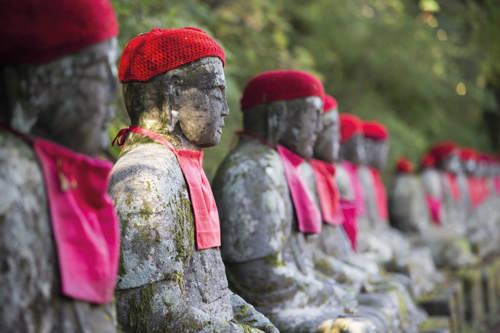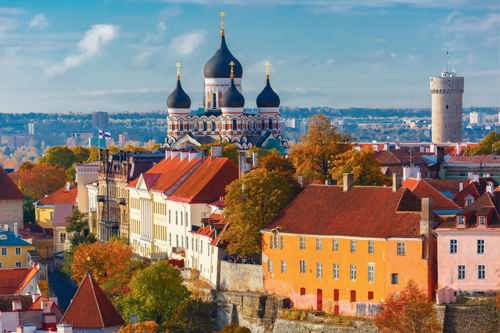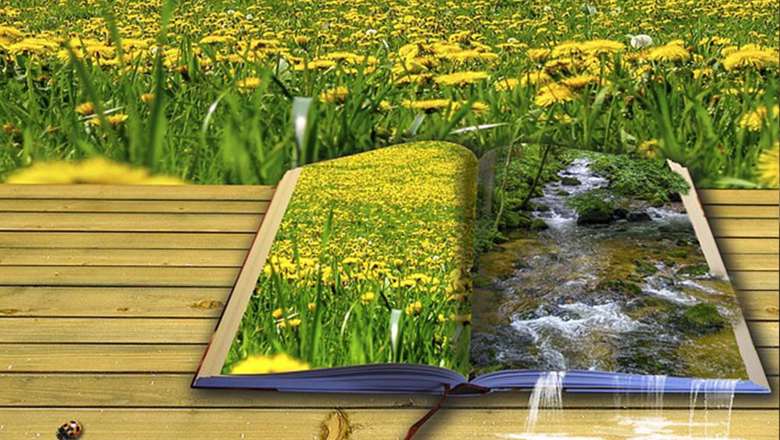Poetry to read in Spring
Spring is the season of hope, when life returns after winter’s long cold nights and dull grey weather. It’s the season of flashes of colour and bursts of new life. It’s not difficult, then, to see why this season has been so singularly inspiring to writers across space and time. Of course, many people have their own favourite spring poetry in the English language, but there is some truly inspiring spring poetry from around the world. It will be sure to get you itching to travel to visit the stunning spring scenery portrayed.
JAPAN
Perhaps the most striking of all spring poetry is produced in Japan. Much of this poetry captures the beauty of the sakura blossom, which dominates Japanese spring. The pale pink phenomenon is best seen in March or April, as clouds of delicate cherry blossoms fill the air across the country. Many poets over the centuries have attempted to capture the beauty of these moments in words. The 13th century monk Kenko, better known for his work Essays in Idleness, portrayed the simple delights of the cherry tree and a cup of sake in his poetry, which is published in A Cup of Sake Beneath the Cherry Trees. In the 16th century poet Matsuo Basho wrote stunning haiku, the most famous of which are about spring. These works exquisitely show the slowly changing seasons in rural Japan. Some beautiful examples are published in Lips Too Chilled.

CHINA
China also has a long history of poetic output, with some beautiful poetry being created around nature themes. The origins of this proud tradition stretch back to Hsieh Ling-yün, an important and influential poet in China. He not only started China’s long history of writing poetry about the wild, but also founded the Zen Buddhist faith. This enigmatic poet writes simply and powerfully on a number of nature themes, including spring. We recommend starting with a volume of Hsieh Ling-yün’s famous rivers and mountains poetry, known in Chinese as shan shui. These are published in translation by David Hinton in the collection The Mountain Poems of Hsieh Ling-Yun. This poetry will not only bring the magic of Chinese spring to you, but also make you long to discover the majesty for yourself.

RUSSIA
The long winters in Russia mean that spring poetry is some of the most joyful in the Russian language. A favourite is Spring Storm, a poem by Fyodor Ivanovich Tyutchev, which describes the excitement of the first storm in May in gleeful detail. Aleksey Pleshcheyev is another famous poet whose children’s poetry is taught in classrooms across the country. Many children would be able to recite his poem Spring: The Grass Grows Green. It was set to music by Pleshcheyev’s contemporary Tchaikovsky as part of his song cycle Sixteen Songs for Children, which brings to life the joy and childlike spirit of the words. This poem and many other Russian favourites are contained in The Everyman Library collection Russian Poets, translated by Peter Washington.

ITALY
Music and poetry also go hand in hand with spring in Italy. Composer Vivaldi’s most famous work, The Four Seasons, is inspired by sonnets describing each season. Vivaldi was most inspired by the Spring poem, as in this movement he was at pains to include the most details which the words evoke. For example in the middle section the goatherd sleeps and his barking dog can be heard in the viola part. However, spring poetry is not all peaceful and full of joy. The modern Italian poet Eugenio Montale wrote his poem The Hitler Spring during the Second World War. It is a bleak, macabre poem which describes a “wounded” spring, devoid of the season’s usual joyful spirit. Those searching out this vivid poem would do well to find The Collected Poems of Eugenio Montale as many of his poems evoke the beauty of Italy.

THE NETHERLANDS & FRANCE
Similarly, Herman Gorter is well known for his most important poem, Mei, which is published in many collections of Gorter’s work in translation. The poem personifies the month of May. She is at first joyful to arrive in the Dutch landscape, but her subsequent disappointment is palpable on the page. The abstract, impressionist language used in the poem captures the strong emotions of May, both positive and negative. By contrast, in Victor Hugo’s poem Printemps, the personification of May is much more gentle. She comes to Hugo’s France as one of the “beautiful, friendly months”, his lyrical style capturing the softer side of the season.

If we’ve inspired you to write your own poetry about spring, whether here or abroad, feel free to share it with us. We love hearing from you.


